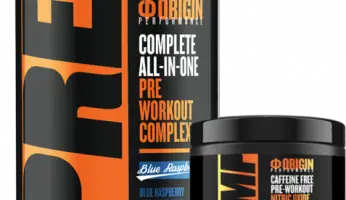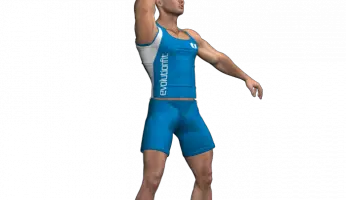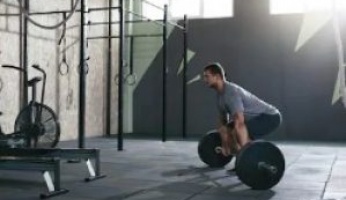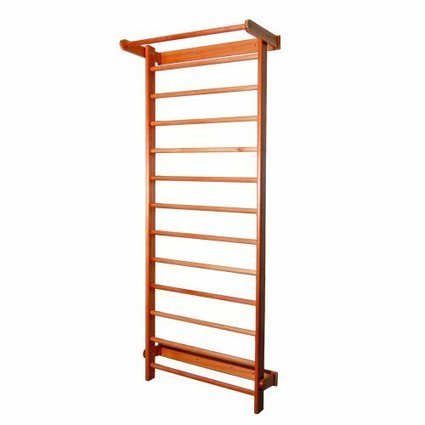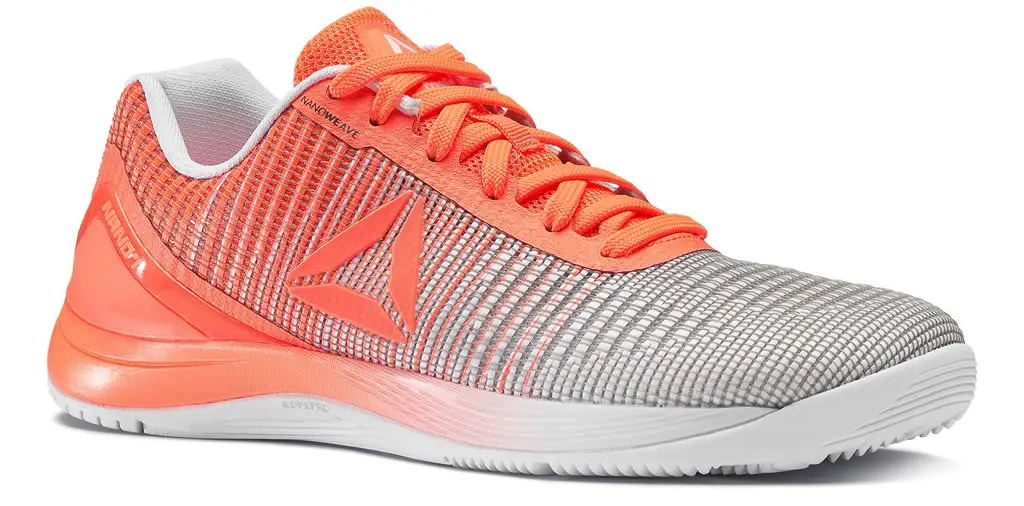Jefferson Deadlift – When, Why and How to Perform this Lift
updated January 1, 2019
You see some weird moves in the gym. But, nothing may look stranger than seeing a guy straddling a loaded bar and then trying to lift it between his legs. Yet, believe it or not, this is a legitimate strength and bodybuilding exercise. In fact, it’s an old time favorite which is starting to see a resurgence.
It’s called the Jefferson Deadlift.
In this article, we’ll discover just what the Jefferson deadlift is, how you perform it, and why you’d want to do it instead of a conventional deadlift.
Quick NavigationWhat is the Jefferson Deadlift? Jefferson Benefits Sports Applications The Jefferson Deadlift & Back Pain The Jefferson Rack Pull Summary
What is Jefferson Deadlift?
The Jefferson Deadlift is an old-time strongman exercise that was very popular in the 1950s and ’60s. It was invented by a guy you’ve probably never heard of – a strongman of an earlier time by the name of Charles Johnson. But it was a favorite of a guy you probably have heard of – martial arts master Bruce Lee (more about him later).
The big point of difference between the Jefferson and the Conventional deadlift is that it has you straddling the bar. In other words, one of your feet is in front of the bar and the other one is behind it.
Jefferson Benefits

So, why would you want to straddle the bar when you’re deadlifting?
It turns that there are some very good reasons to put yourself into this rather awkward starting position for a heavy compound exercise.
The most important benefit of Jefferson over the conventional deadlift is that it gives you much better leverage. The bar being out in front of your body is a poor leverage position. There is another type of deadlift that also does a great job of overcoming the leverage problem – the trap bar deadlift. When you do a deadlift on the trap bar the handles are now in line with your body. But this version doesn’t deal with the problem of the asymmetry of the conventional deadlift.
The barbell deadlift is very symmetrical. It locks you into a perfectly symmetrical position, with very little in the way of variation.
The Jefferson deadlift overcomes both problems:
- Leverage
- Asymmetry
When you straddle the barbell, you place your body in an asymmetrical position. it puts you in a far better position to train all of the functions of the body. This includes rotation and flexion of the spine.
The Jefferson Deadlift also allows you to target the muscles on each side of your body. The side of the body that you lead with to straddle the bar will get more intense focus than the other side. For that reason, you should switch lead sides every set to ensure that you are working both sides of the body evenly.
The uneven positioning of your torso on the Jefferson Deadlift involves your midsection to a far greater degree than a conventional deadlift does. It especially activates the obliques and intercostals. In fact, you will be hard pressed to even find an oblique isolation exercise that hits the obliques as effectively as the Jefferson. The first time you do this move you will immediately feel like you have just come out of an ab workout – that’s gotta be a good thing.
Of course, Jefferson deadlift is also a very good way to work your lats. You will feel your lead lat working a little harder than the other. This is a reason why you should alternate sides with each set that you perform.
Sports Applications
This exercise mimics many of the positions that you find in sports. There are many positions where you have one foot in front of the other. When you’re running, fighting or dribbling a basketball, will always have one leg in front, just like in the Jefferson squat.

There are very few sports applications where your legs are perfectly equal as in the conventional deadlift. That makes Jefferson Deadlift far and away from the most sports-specific deadlift that exists. It is, in fact, the only exercise that allows you to pull a heavy weight off the floor while getting an uneven foot stance. This is a huge benefit to all athletes. This is an especially great move for boxers and MMA fighters.
Remember how we said that Jefferson was a favorite of Bruce Lee. In February of 1970, Bruce injured his lower back while performing the good morning exercise with 135 pounds on his back. This laid him up for a number of months. Coming back to his workouts, he needed to find a form of the deadlift that would be lower back-friendly. He hit upon the Jefferson and soon discovered, for the reasons outlined above, that this was the perfect resistance training complement to his martial arts training. So, if it was good enough for the King of Kung Fu, don’t you think you should give it a shot?
The Jefferson Deadlift & Back Pain

While it may at first appear that the Jefferson lift could be the instigator of back pain, when done properly this movement is actually a fantastic reliever of lower back soreness.
Often people with back issues cannot do a conventional deadlift. Yet, most people, even those with serious back pain, can do a Jefferson Deadlift right away. The reason for this is that the regular deadlift – and even the trap bar version – locks you into a plane of movement that limits your range of motion. This limitation can lead to imbalance.
- Step over the bar to straddle it.
- Position your feet at a 45-degree angle to the bar.
- Now squat straight down and rotate to bring your hands to the bar.
Use a mixed grip with the palm facing forward on the front hand and back on the backhand. Some people may prefer to use a double overhand grip, but most people find that the mixed grip feels more natural.
Keeping your upper body up, you should now adjust your foot positioning to find the strongest leverage. You may find that going straight down and turning to meet the bar will give your strongest leverage point. Or, you may find that more of a single leg front stance gives you more power, with the back leg serving more as a balancing aid.
In the start position, you don’t want your back heel to come up. If it does, it means that the back heel needs to come forward a little. If your heel is coming up at the back, you will not be in a very strong position to pick the weight up.
Always keep your back in a nice tall position when performing this exercise. Never round your back but, rather, keep your chest up. From the start position, drive through the heels to bring yourself up to standing position.
The distance that the bar travels up will be dependent upon the width of your grip on the bar. You want to have your hands slightly wider than shoulder-width for the best range of motion. However, you should experiment with different grip widths to see which one feels the most comfortable for you. Some people are concerned that the bar will hit them in the crotch in the upright position. This is extremely unlikely to occur.
You should also experiment with different foot width positions to find your ideal positioning.
Remember to switch the lead side of your body on every set to ensure that you are working both sides of the body uniformly. The lead quad and hamstring will get hit more, so you need to alternate for even development. However, if you have a pain issue, you may only be able to work one side of your body. In that case, there is nothing wrong with working just one side – something that you cannot do with the conventional deadlift exercise.
The Jefferson Rack Pull

The Jefferson Rack Pull is a supplemental exercise that will help you to build up your strength on the main exercise. It is performed inside a power rack with the support bars set at the level of your calves. This will allow you to pull off a lot more weight than you could get off the floor.
If you’re a strength athlete, do your sets of standard Jefferson Deadlifts on your low rep intensity days. Then, on your volume days, perform Jefferson rack pulls with a progressive range of motion. Start with the pins relatively high, then gradually lower them week by week, keeping the weight the same.
Summary
The Jefferson Deadlift is a strange looking exercise that makes a whole lot of sense. It overcomes the two major shortcomings of the conventional deadlift – asymmetry and leverage. It is also a much more sports applicable move, due to the forward foot stance that it requires. You’ll benefit your lower back, with people with injuries able to do this move when they otherwise couldn’t deadlift.
The Jefferson deadlift is also a great way to isolate the different sides of your body, while also giving your abs – especially your obliques – a fantastic workout. So, how about it? Are you game to give this one a try. Who knows you might just be the inspiration for a Jefferson Deadlift revival in your gym.

